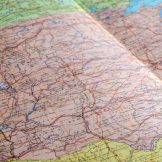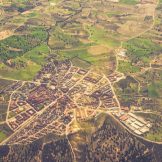Open Redistricting and Rebuilding Trust
Web-based GIS tools are already in use by governments and they have already proved their worth by providing citizens increased transparency and accountability. Now is the time to apply the same patterns and practices to redistricting, ultimately rebuilding trust in the process.









